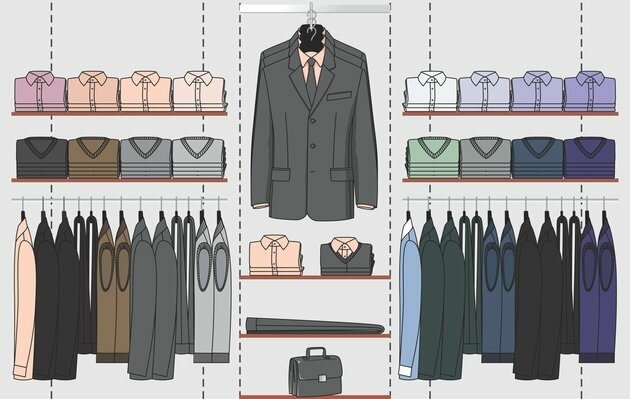Why visual merchandising is important
6th Mar 2017

Visual merchandising is one of the most important parts of any successful retail enterprise. So far on our blog we have covered the history of storefront design, the importance of store layout and a number of other visual merchandising topics, but we have never tackled the biggest visual merchandising question head on; why is visual merchandising so important? There are of course many things that make visual merchandising crucial to any store’s success, and we will cover them here.
It pays to be attractive
Simply put: if a store looks good, people are more likely to enjoy themselves within its confines and pick up products from its shelves.
The effects of store environment on customer psychology have been studied extensively. One paper found this to be true in two separate ways. Firstly, elements of visual merchandising such as lighting, colour scheme and design can affect customers emotionally. Once emotionally engaged in the shopping experience, shoppers project meaning onto products, and are more likely to make purchases.
Secondly, less direct forms of visual merchandising such as layout and product placement can affect customers on a non-emotional level, instructionally, to make purchases without engaging them in a meaningful story.
Either of these effects are of great use to retailers, especially those with tough competition from rival stores, or whose products are more expensive. If a customer is truly engaged, they will be more likely to part with larger sums of money. This is why premium brands like Apple provide such strict presentation rules to resellers that stock Apple products.
Another psychological study by university professors Robert J. Donovan and John R. Rossiter categorises the two kinds of engagement visual merchandising can drive as ‘pleasure’ and ‘arousal’. The professors argue that the effects of changes to the in-store environment can be predicted if a retailer studies carefully how their store atmosphere influences customer behaviour.
It reduces costs
The beauty of visual merchandising is that although it will take work to create an atmosphere that is inductive to purchases in a store, once that environment has been perfected, it is almost free of charge to maintain it.
Though not having to pay for something may not seem to be a clear benefit of that thing, but it makes sense in the context of what you may have had to fund were it not for your effective visual merchandising plan.
Many stores in the past, and indeed some today, relied on salespeople to persuade and convince customers to buy their products. These employees, whilst they could be highly skilled and effective, were much more expensive to employ than, say, some signs, lights, shelving units or decorations.
Visual merchandising has been called a “silent selling” technique by retail authority Judith Bell and many others. It earned this nickname because it can persuade shoppers to part with their cash without speaking a single word to them, or without even making a sound. This is in direct contrast to the salespeople who would normally be tasked with the same role.
It gets products selling
As we have discussed, visual merchandising makes your store look good, and makes customers feel good when they are in it, and it costs much less than the salaries of the human employees who would be manning the sales floor or handing out flyers were it not for your immaculate storefront, interior design and layout. These are benefits of visual merchandising, certainly, but the ultimate reason this practice is so vital is that it gets products selling.
Retail, above all else, is about selling. And as many who practice visual merchandising have found: it sells. For more information on what makes good visual merchandising, get in touch with our team today.